Talk Overview
While mammals are protected by the mother’s womb during their most critical development, plants are exposed to the environment for most of their development. To survive, plants have developed strategies such as the ability to grow new tissue and regenerate tissue lost to predators. New leaves, stems and flowers are derived from the shoot apical meristem while roots come from the root apical meristem. Meristems are the source of pluripotent stem cells for all plant growth. Bergmann explains that because plants can live for a very long time and are constantly regenerating they are an excellent system for improving our understanding of stem cells.
In Part 2, Bergmann focuses on the stem cells that give rise to the epidermis of the plant. These stem cells give rise to two distinct sets of cells. Pavement cells form an impermeable layer that “waterproofs” the plant. Stomata are small pores on the plant surface formed by two cells that act as a valve to regulate the uptake of CO2 and the release of oxygen and water. Bergmann’s lab used confocal microscopy to follow stem cells from their “birth”, through a series of asymmetric divisions to their eventual differentiation to pavement cells or stomata. At the same time, they measured how active or inactive all genes in the plant were at the different stages. Using chromatin immunoprecipitation, they were able to identify key genes involved in determining and maintaining cell fate decisions. Interestingly, similar genes and mechanisms may influence cell fate decisions in animals.
In her last talk, Bergmann discusses the impact of plant physiology on the Earth’s climate and the impact of climate on plant physiology. Since stomata regulate CO2 uptake and oxygen and H2O release, their function impacts global climate change. The number of stomata a plant has increases and decreases in response to many factors including CO2 concentration, light, and temperature and stomata can open and close in response to the same cues. Bergmann and her colleagues studied plants with different numbers of stomata that were grown in controlled climates to get a better understanding of stomatal behavior in response to changes in climate. Knowing these details may contribute to improving the accuracy of global climate models.
Speaker Bio
Dominique Bergmann
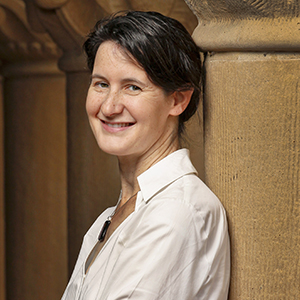
Dominique Bergmann completed her BA in molecular and cellular biology at the University of California, Berkeley. Bergmann studied development in C. elegans as a PhD student at the University of Colorado at Boulder, but switched her focus to development in Arabidopsis while a post-doc at the Carnegie Institution, Department of Plant Biology. Moving to Carnegie’s… Continue Reading
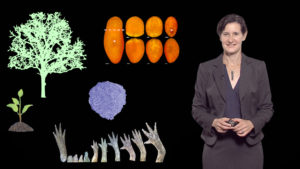
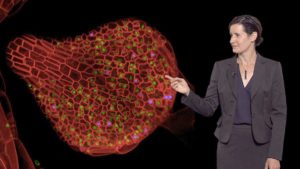
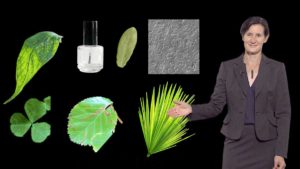
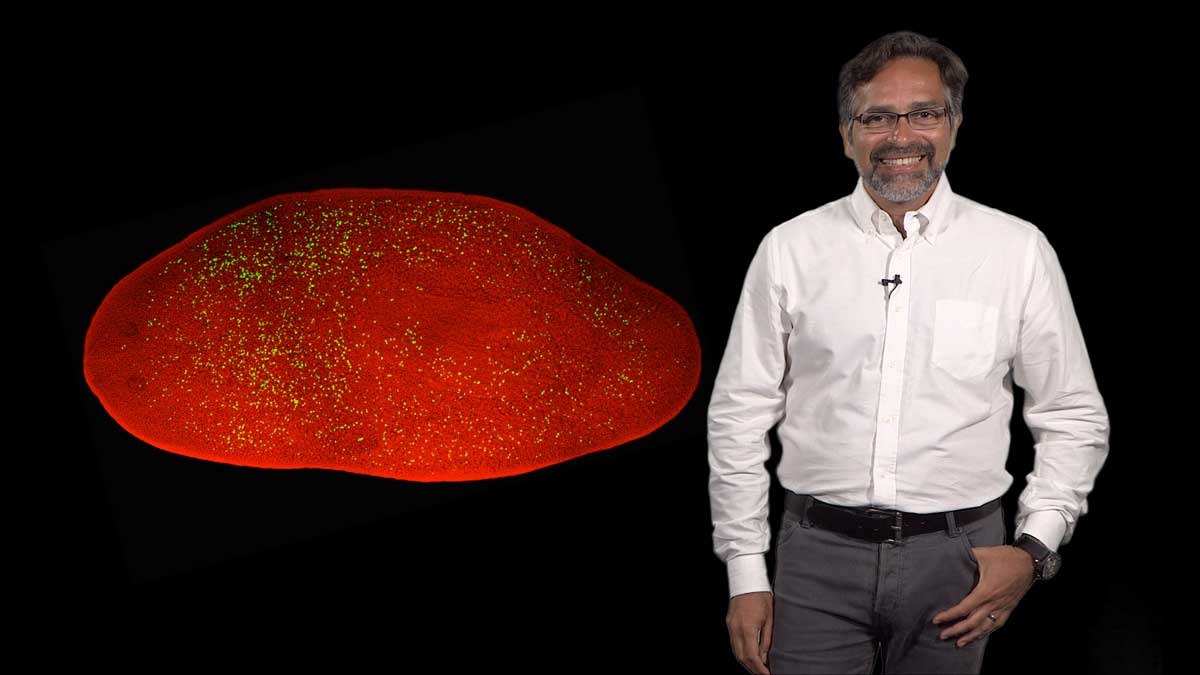

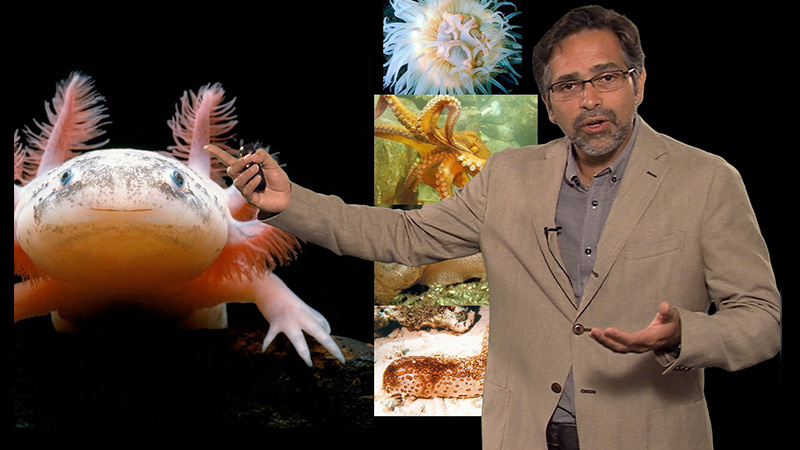






Leave a Reply